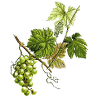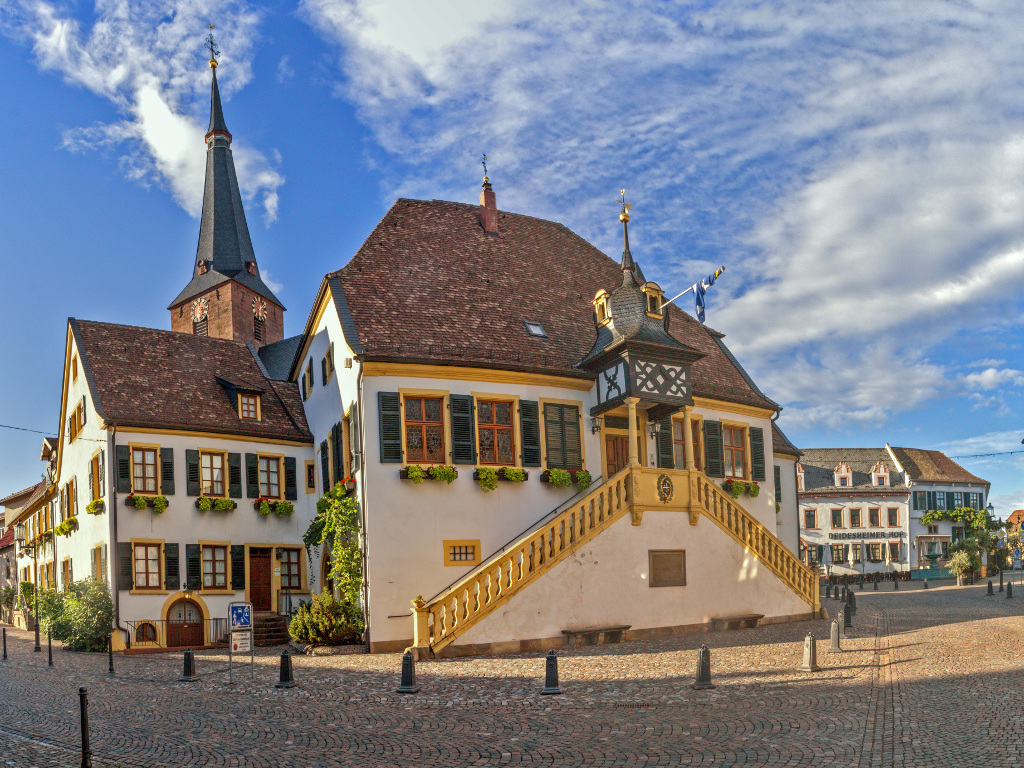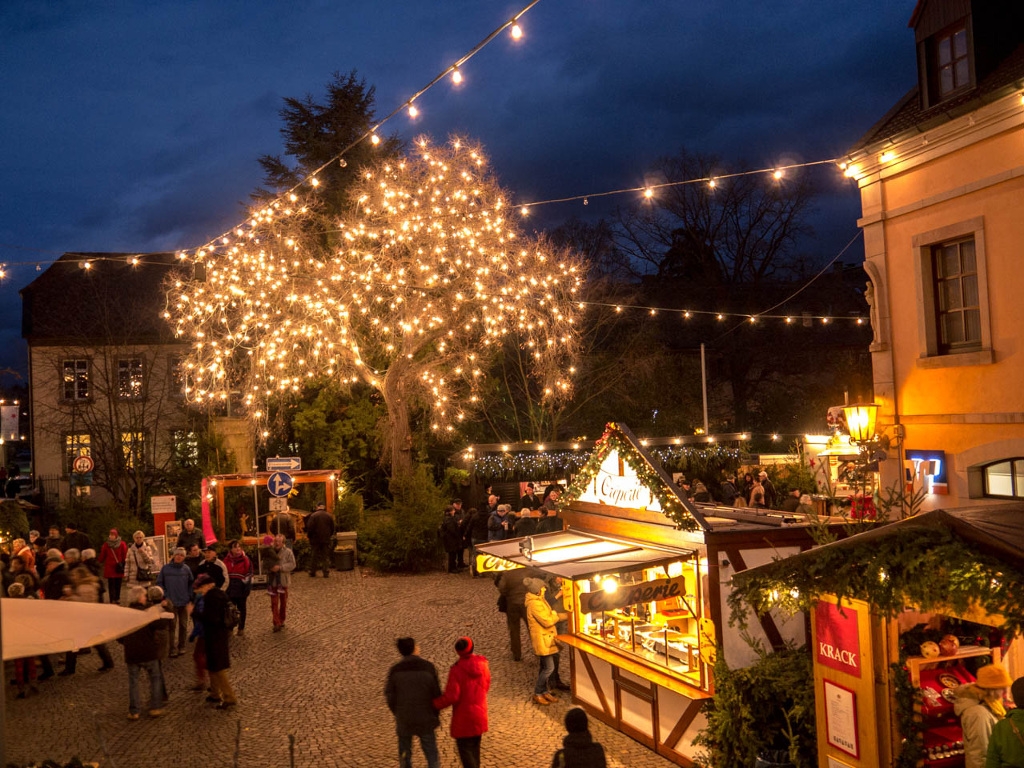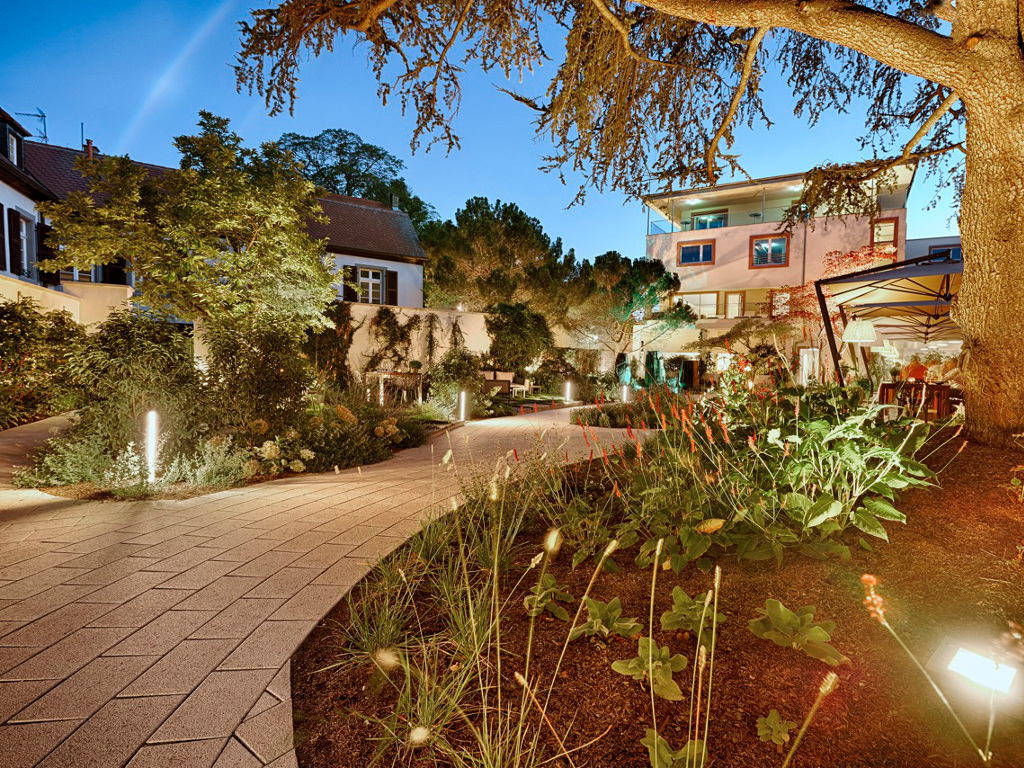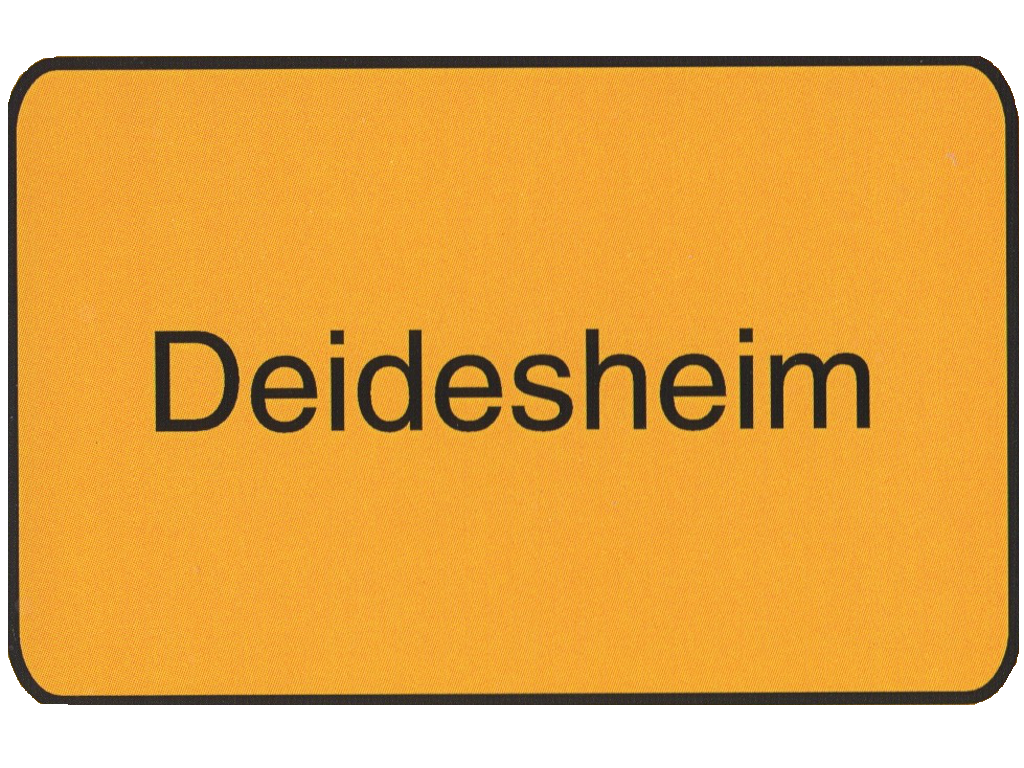
Not only did the Romans feel at ease here, but also crowned heads, presidents, political „heavyweights“ as well as popular greats from sports, film and boulevard scene in the city hall and the „Deidesheimer Hof“ were honored in the 1980s and 1990s.
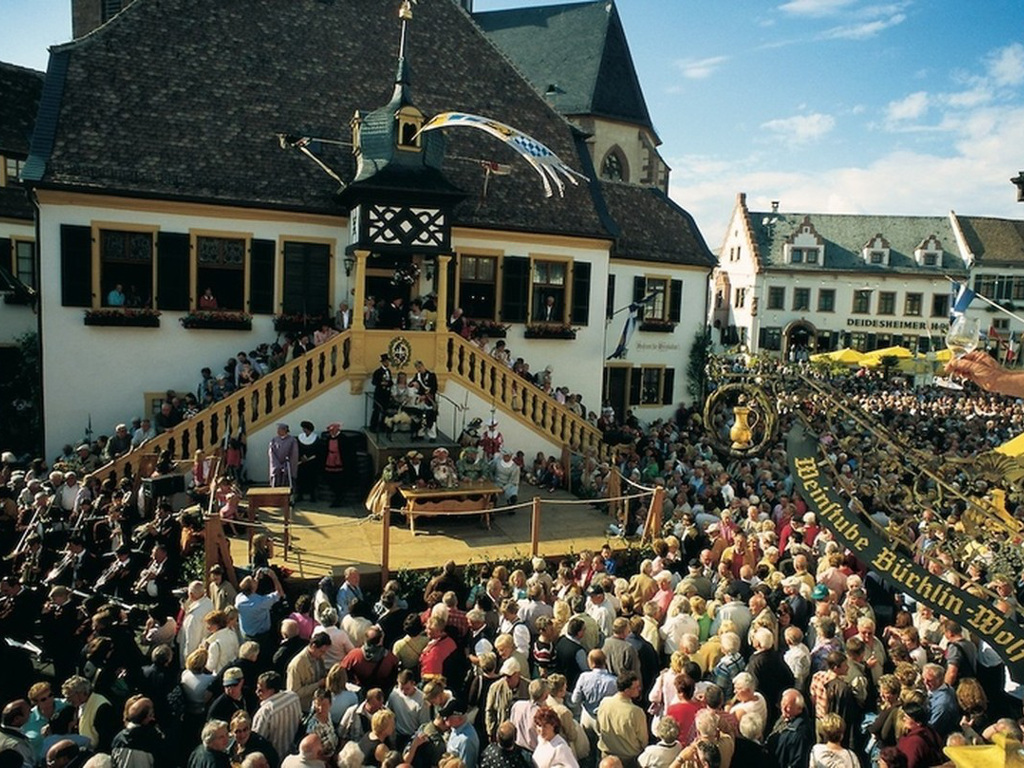
In Deidesheim lure the
historic Geißbock (billy goat) auction as well
the most beautiful wine festival of the Palatinate (2009) and an
atmospheric Christmas market with beautiful exhibitor booths and a classical supporting program attracts thousands of visitors every year.
All shops for daily needs as well as pharmacies, doctors, kindergartens, playgrounds and a primary school are available. Secondary schools and an international school can be reached in the shortest time in the neighboring Neustadt. From the train station with the S-Bahn connection, you can reach Bad Dürkheim within 10 minutes or the main train station in Neustadt with regional connections.
Ludwigshafen, Mannheim, Heidelberg, Speyer or Landau and Karlsruhe are also excellently connected by the motorway.
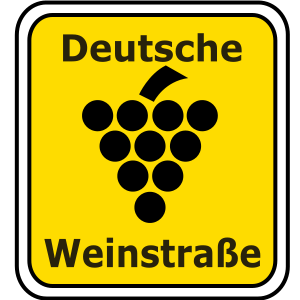
Along the German Wine Route, nature uses all its charms lavishly. Recreation seekers and connoisseurs have long known what they have on the Palatinate, because the mild, almost Mediterranean climate attracts not only with scenic highlights, but also with first class culinary seductions.

In the gardens and wine villages, people are taking advantage of the climatic conditions. On the orchards, almonds, apples, cherries or plums reach maturity early. And in many of the inviting wine growers, kiwis, lemons or figs grow, surrounded by ancient wisteria, spreading oleander shrubs or even palm trees and cypress trees. This is made possible by one of the warmest climates north of the Alps. The Palatine understand how to conjure up a great deal of quality of life from this gift. By April at the latest, they are offering their products everywhere at small stalls in the villages, selling fruit, asparagus, vegetables, wine and spirits.
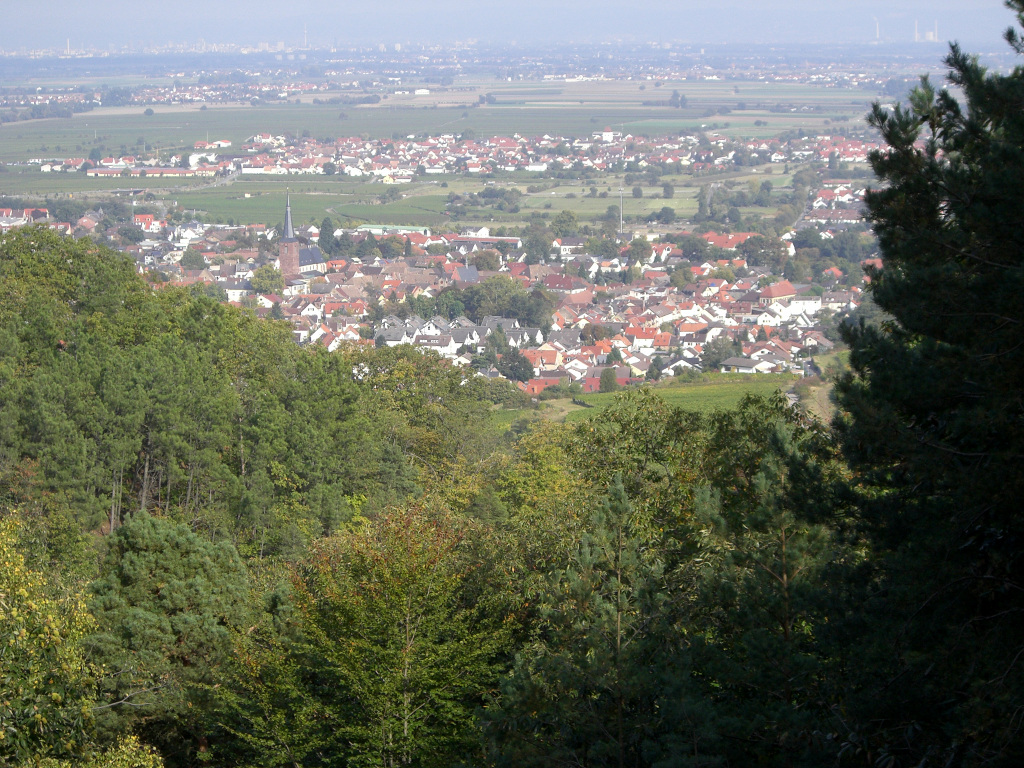
A paradise for hikers and cyclists, the landscape between Bockenheim and Schweigen has long made a name for itself. It’s also wonderful, at a leisurely pace, to devote yourself completely to the path and not so much to the goal. So you can enjoy the beautiful views at the many panoramic points even better.
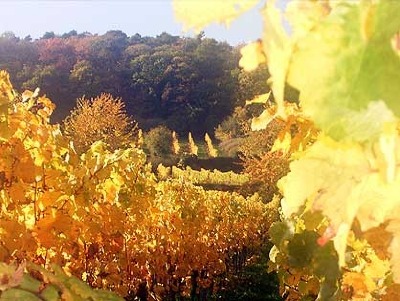
In every season, the wine route presents itself in a different dress. If it is a mixture of white and pink flowers in the spring, interspersed with fresh, tender green in the vineyards and the forests along the edge of the Haardt (a range of wooded, sandstone hills), then the summer is determined by the rich, intense coloring of the fruit abundance. In autumn, how could it be otherwise, everything focuses on the yellows and reds around the grape harvest, assisted by the coloring of the chestnut and walnut trees with their now also ripe harvest.

Even though everything that was allowed to flourish under the 1,800 hours of sunshine in the year will be brought in in September and October, there is plenty of time for enjoyment in the Palatinate all year round. In no other area of Germany are regional typicalities and Mediterranean flair so close to each other. What leaves visitors with lasting impressions. The number of Palatinate fans is growing year by year – which is not really surprising. Who does not like to holiday in a land where the lemons are blooming and the air is full of flavors?

• The region of the German Wine Route enjoys about 1,800 hours of sunshine or 225 sunny days per year.
• Protection from wind and weather is provided by the Haardt, the eastern edge of the Palatinate Forest.
• In addition, the area benefits from the Rhine plain to the east, which brings warm air from the south.
• In hardly any other region of Germany you can find such a rich number of Mediterranean and exotic plants.
• Along the edge of the Haardt there are tens of thousands of sweet chestnut trees, which thrive only in wintery mild climates.
• The average growing season is 180 days, the average temperature is 16 degrees Celsius.
• The annual rainfall is around 530 l / m². (Comparison: Hamburg 715 l / m², Munich 955 l / m²)
